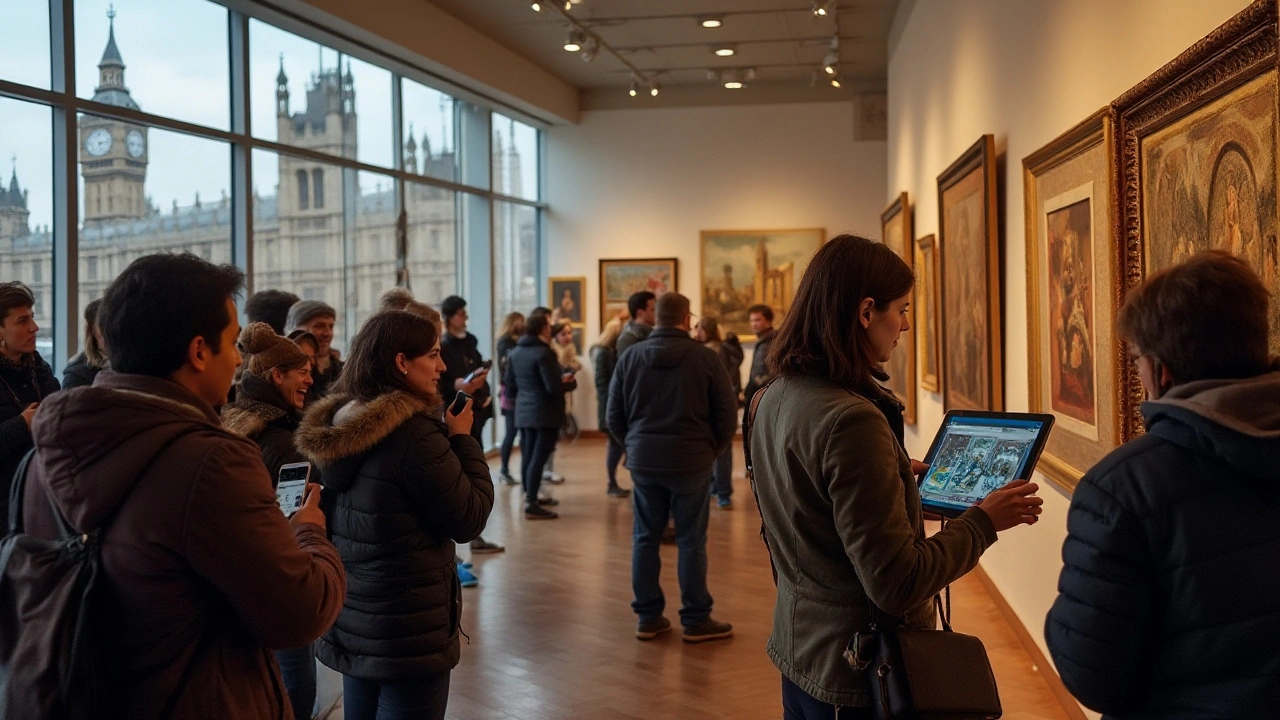Art Technology: Tools, Trends, and Practical Tips for Artists
If you make art, tech can speed things up, open new styles, and help you reach people. This page shows practical ways artists use technology—from simple apps to immersive installations. You’ll get clear tips, examples, and next steps you can try today.
Start with tools you already know: a smartphone, a tablet, or basic photo software. Use your phone to capture textures, light studies, and reference photos. Edit them in free apps or basic desktop programs to test color and composition before you paint or build.
Digital skills that matter
Learn one digital skill at a time. Try photo editing, basic 3D modeling, or vector design. Photo editing helps with photorealism studies. 3D modeling lets you plan installations or sculptures and check scale before you build.
Pick software that fits your budget. Free options like GIMP, Blender, and Inkscape are powerful and easy to start. Paid programs like Photoshop, Procreate, and Cinema 4D speed workflows for pros. Watch short tutorials and practice with small projects to build confidence.
Make interactive and immersive work
Interactive art blends sensors, simple code, and everyday devices. Use Arduino or Raspberry Pi to add motion, light, or sound triggers. If coding sounds scary, try visual tools like TouchDesigner or p5.js, which let you prototype fast and see results immediately.
For immersive experiences, explore VR and projection mapping. VR is great for galleries and storytelling; projection mapping transforms walls and objects into moving canvases. Both pull viewers into your work in ways prints and photos can’t.
Think about audience and context. A public installation needs durability and safety. Digital prints and NFTs need clear image files and safe storage. If you show work online, optimize image size for fast loading and add descriptive tags and captions so people find you.
Keep a creative routine that mixes analog and digital. Sketch first on paper, then photograph sketches and refine them digitally. Switch between hands-on making and screen work to keep ideas fresh and grounded.
Collaborate with technologists and makers. Designers, coders, and builders bring skills you can’t learn overnight. Trade ideas, run quick tests, and keep projects small at first. A short prototype shows what works before you invest in a big build.
Finally, stay curious. Tech changes fast, but basic goals don’t: communicate, move, and surprise people. Try one new tool this month, finish a small piece, and see how tech expands your art.
Want concrete starting points? Try these quick projects: photograph natural textures and turn them into brushes, make a 3D mockup of a sculpture in Blender, or program a small light sequence with Arduino. Share each project online with short process notes and a few photos. Tag your posts with clear keywords like 'interactive art', 'photorealism', or 'projection mapping' so curators and galleries can find your work.
If you want inspiration, look at projects that mix futurism, installation art, and smart-city ideas. Small tests can change how people find your work and reach more.

